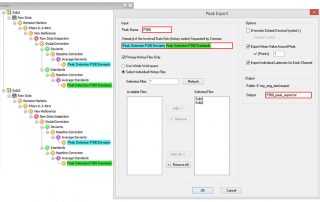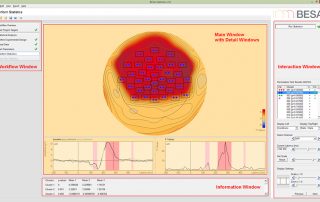Release of BrainVision Analyzer 2.1.1; usability, another step along the path
The 2.1.1 release of BrainVision Analyzer 2 will be out on December 18, 2015. The focus of this release was the integration of user feedback, improved usability and even more speed. In this article we will talk about some of the updates and give you the link to the full release notes.




